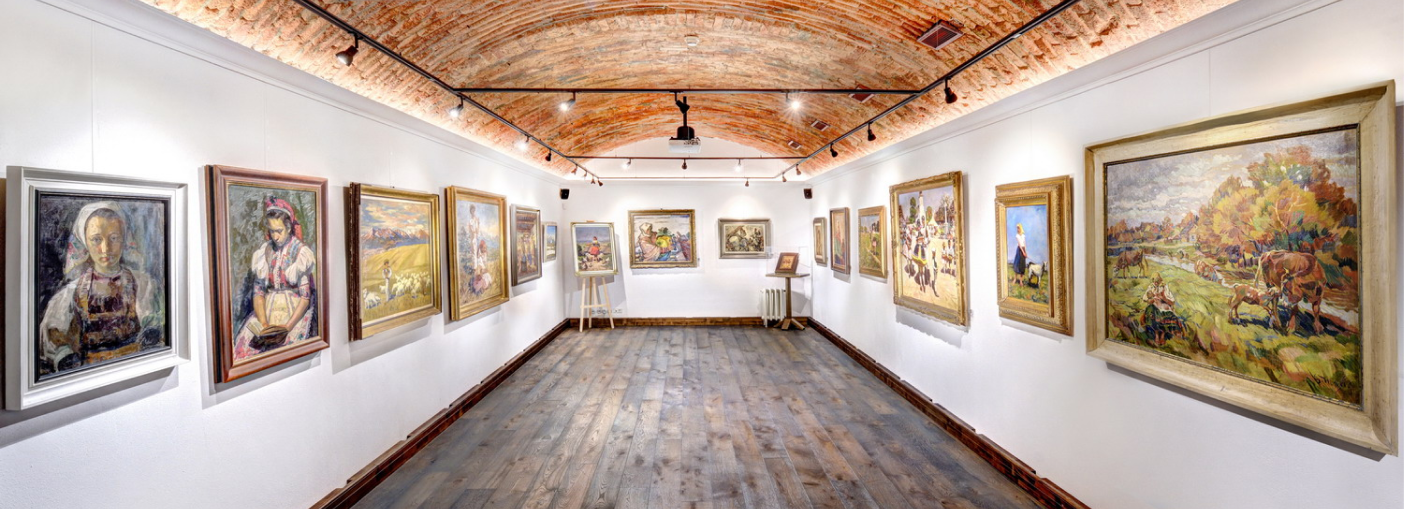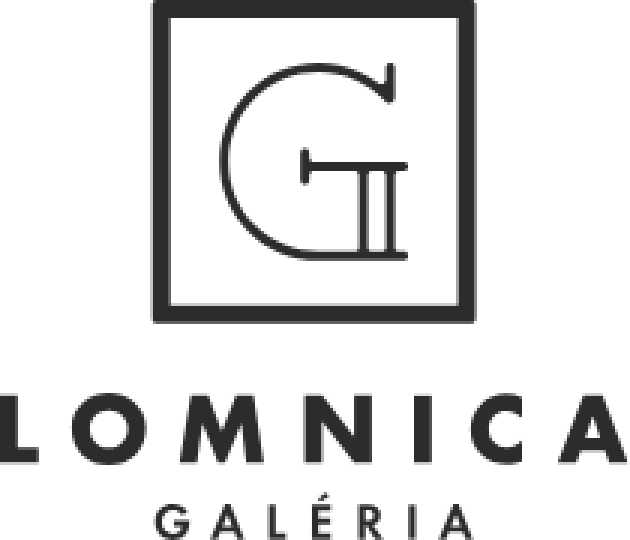
Dominik Skutecký was born in 1849 in Gajary in a Jewish family of a soap factory owner and died in 1921 in Banská Bystrica. He changed his original name Dávid (Menike, ‘the youngest’ in Hebrew) to Domenico while in Italy (Döme in Hungarian). In 1865 – 1866, Skutecký studied at the Academy of Fine Arts in Vienna (professors K. Wurzinger, E. Enghert and K. Blaas), between 1867 and 1870 in Venice (professor P. Molmenti) and in 1870 in Munich, where he abandoned further studying of historical painting under the influence of Courbet’s exhibition in 1869. Skutecký lived and worked in Vienna (1871 – 1875) and Venice (1876 – 1889), where he successfully participated in international network of arts trade with his works. In 1889, he permanently settled in Banská Bystrica but continued to travel incessantly across the whole of Europe. Stable exposition of Skutecký’s paintings has been in Banská Bystrica since 1994 in his former family mansion. Apart from conservative Paris, the impressionist luminist painting enjoyed great attention of artists at the Munich Academy of Fine Arts. Courbet had an exceptionally strong influence on the young artist. This experience probably led Skutecký to give up for good the historicising academism and focus his attention on the painting genre interpreted within the spirit of new Munich naturalism and luminism. However, Skutecký gained European fame and attention of collectors and patrons only after his second stay in Venice. He fully conformed to the locally successful sentimental, anecdotic and often narrative and sunny urban genre, where he can be fully compared (both artistically and commercially) with the great local painters such as Favreto, Bianchi, or Cremona. His works don’t lack vivaciousness, lightness of painting, optimistic colours and ordinary iconography from everyday life of the middle class. Here, Skutecký captures material environment, family concerts, pictures of ladies in private saloons, reading of letters and books. All of this offers numerous iconological stimuli that are perceived as almost scenic and theatrical. The author, who had become famous by that time, also dealt with the technical-expression issues of light in painting and differences between the light in painting and natural light. In Banská Bystrica, he continued to paint portraits and genre sceneries, e.g. the local markets, where this narrative dimension was organically incorporated into the urban scenery in intensive colours influenced by sunshine. In 1887 Skutecký discovered his essential trademark theme, the work of people in the copper workshops and factories around Banská Bystrica. The life in the workshops – with men working near the sizzling blast-furnaces – inspired him to create truly outstanding variants, which not only radiate social message but also convey extraordinary pictorial culture. Bibliography: Tilkovský, V.: Dominik Skutecký. Život and dielo. Bratislava 1954; Keleti, M.: Dominik Skutecký. Kat. výst. Bratislava, Slovak National gallery 1976.
